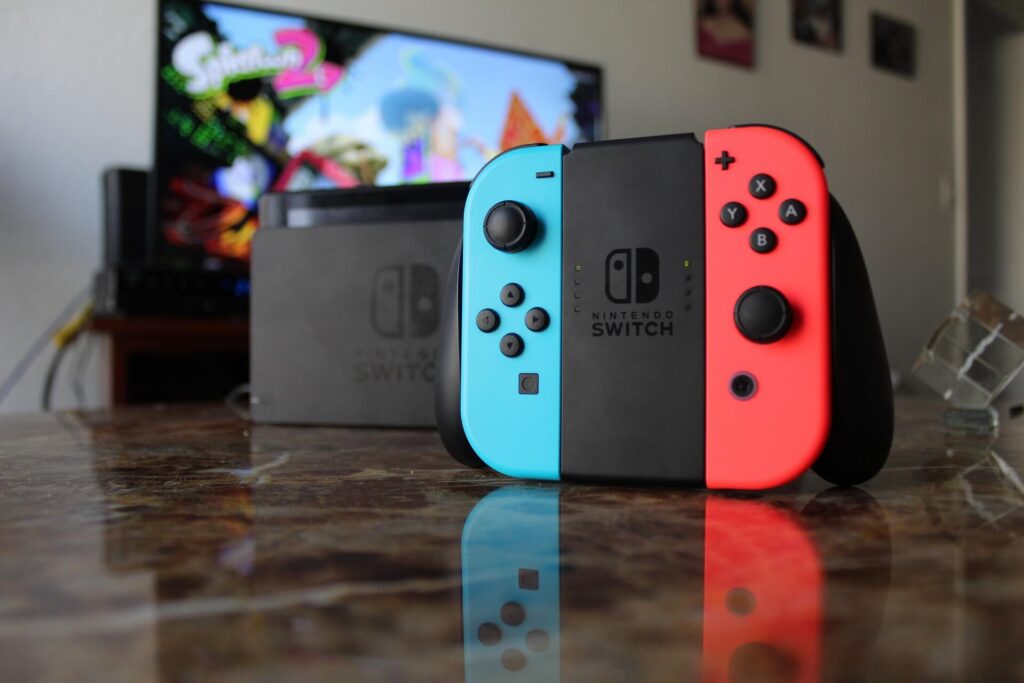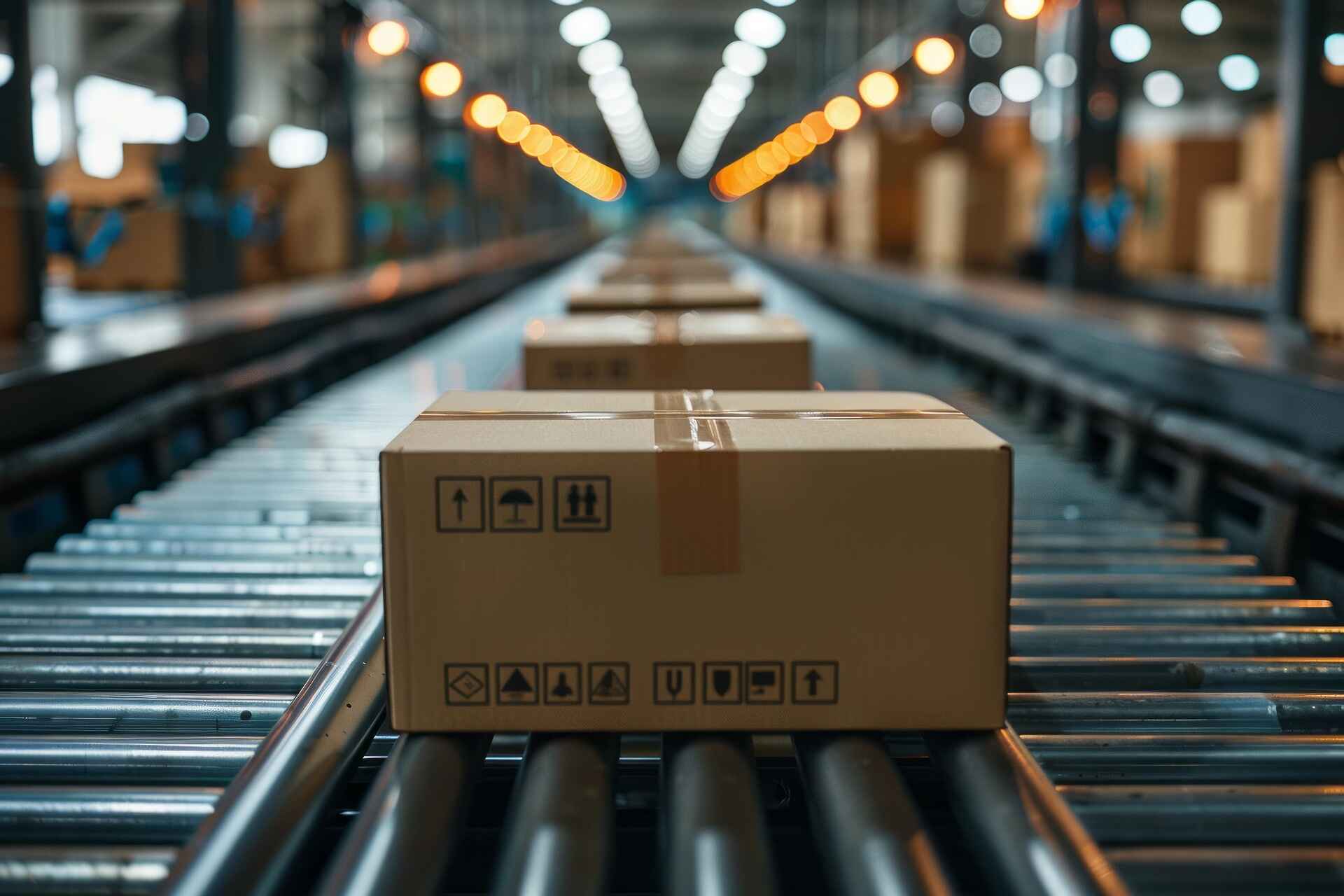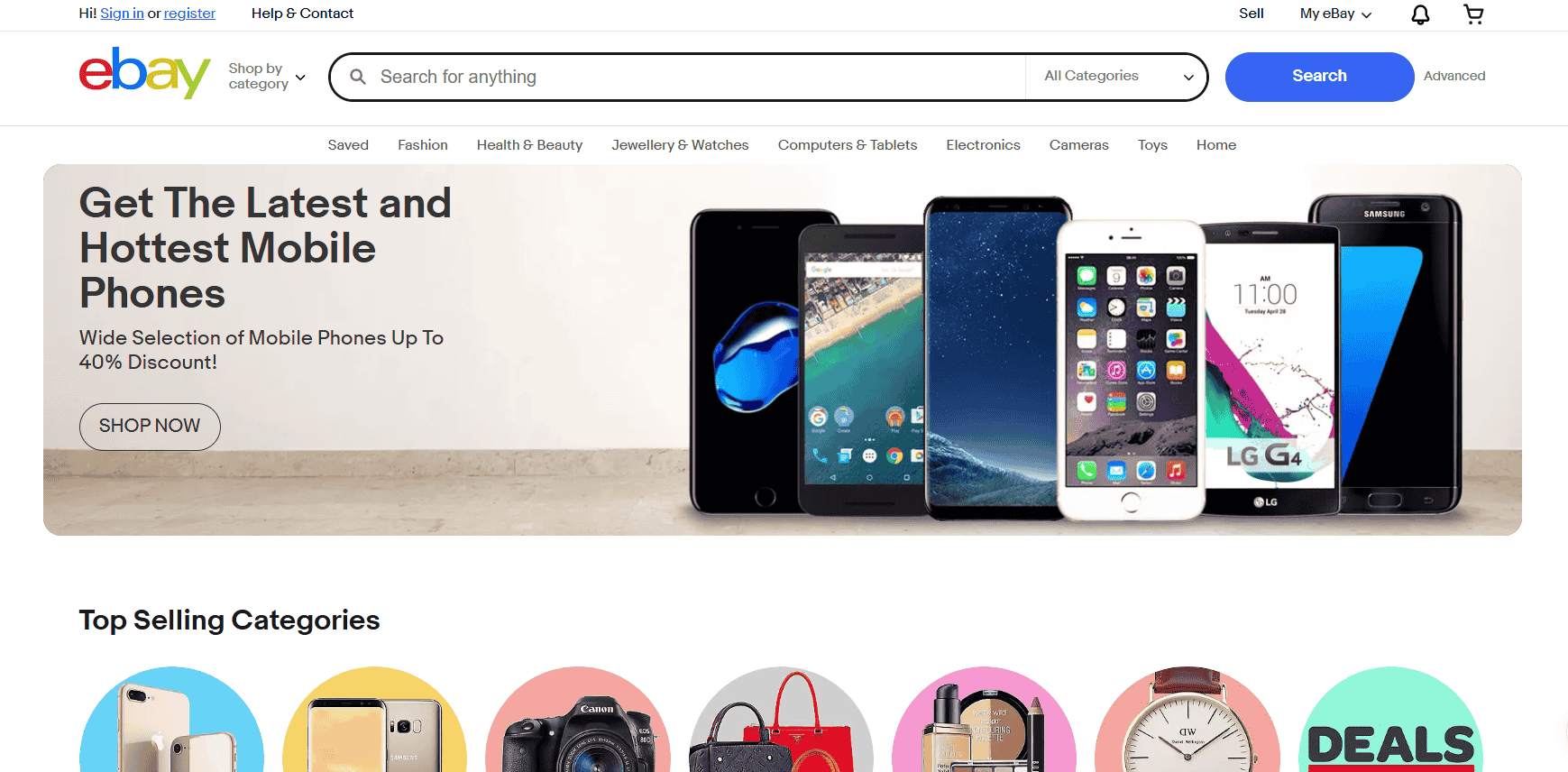By the time the Nintendo Switch 2 launched in June 2025, buyers already knew what they wanted. Preorders vanished within minutes.
YouTubers were racing to post first impressions. And social feeds were flooded with clips of Mario Kart World, the headline release that brought the franchise into a new era of 4K racing, online championships, and hyper-competitive gameplay.
But behind all the celebration and content buzz was something more telling: people were in buying mode. They weren’t just looking for the console or the game. They were building an experience around it. That meant searching for accessories, bundles, collectibles, and gear that made their setup feel complete.
-
Mario Kart World and Nintendo Switch 2 sparked a massive surge in ecommerce demand, especially for accessories and themed gear.
-
Searches for terms like “best Nintendo Switch 2 accessories” and “Mario Kart World bundles” exploded during launch week, signaling strong buyer intent.
-
Online sellers who mention Mario Kart compatibility in their listings are seeing up to 3x higher conversion rates compared to generic product titles.
-
Gamers are spending more and sharing purchases across TikTok, Twitch, and YouTube, turning product visibility into real-time traffic and sales.
-
Sellers who act quickly with optimized listings, micro-influencer partnerships, and bundled offers are turning this trend into long-term growth.
And that’s exactly where online sellers come in.
If you’re in the gaming or tech ecommerce niche, this moment is wide open. Customers are actively searching. They’re emotionally invested. And they’re spending real money to enhance how they play and what they show off online. This isn’t background noise. It’s a live opportunity.
What’s New in Mario Kart World and Nintendo Switch 2
The second you load up Mario Kart World on the Nintendo Switch 2, the difference is obvious. It feels faster, sharper, and more connected.
From the moment you hit the starting line, you’re part of something bigger: real-time online championships, full voice chat through GameChat, and a visual experience that pulls you straight into the track.
The 4K graphics in docked mode pop with color and motion, while the 120Hz handheld display keeps every drift and shell hit buttery smooth.
But what really stands out is how reactive the game is now. Tracks evolve mid-race. Obstacles move based on how you play. There’s a level of immersion here that keeps people coming back and talking about it online.
That kind of buzz leads to one thing: more players looking for ways to improve or personalize how they play.
Meanwhile, Nintendo Switch 2 itself has leveled up. With the Nvidia Tegra T239 chip, 12GB of RAM, and upgraded Joy-Con controllers that snap into place magnetically and respond with pinpoint accuracy, the console is designed to handle more intense gameplay without lag or delay.
And when something feels smoother in the hands, people notice, and start hunting for accessories that fit the experience.
From what I’ve seen with sellers I’ve worked with, that’s when the orders start flowing in. When players start talking about what they love in a game, they also start buying the gear that enhances it.
The launch of Mario Kart World on Switch 2 is exactly that kind of moment.
The Search Volume Is Off the Charts
The numbers don’t lie. A 380% spike in the keyword “Mario Kart” during the Switch 2 launch week points to one thing: massive market demand. Buyers were curious and actively hunting for specific items.
Keywords like “best Nintendo Switch 2 accessories,” “where to buy Mario Kart World,” and “Switch 2 carrying case” weren’t general searches but product-driven. That kind of surge shows exactly what people want and what many stores weren’t fully prepared to offer in the first few days.
The same story unfolded across social platforms. On TikTok, #MarioKartWorld racked up more than 1.1 billion views in just two weeks, proof that players weren’t just engaging with the game, they were also showcasing how they geared up for it.
From LED-lit controller docks to custom racing wheel add-ons, nearly every viral video had a product in the frame, and viewers in the comments asking where to get it.
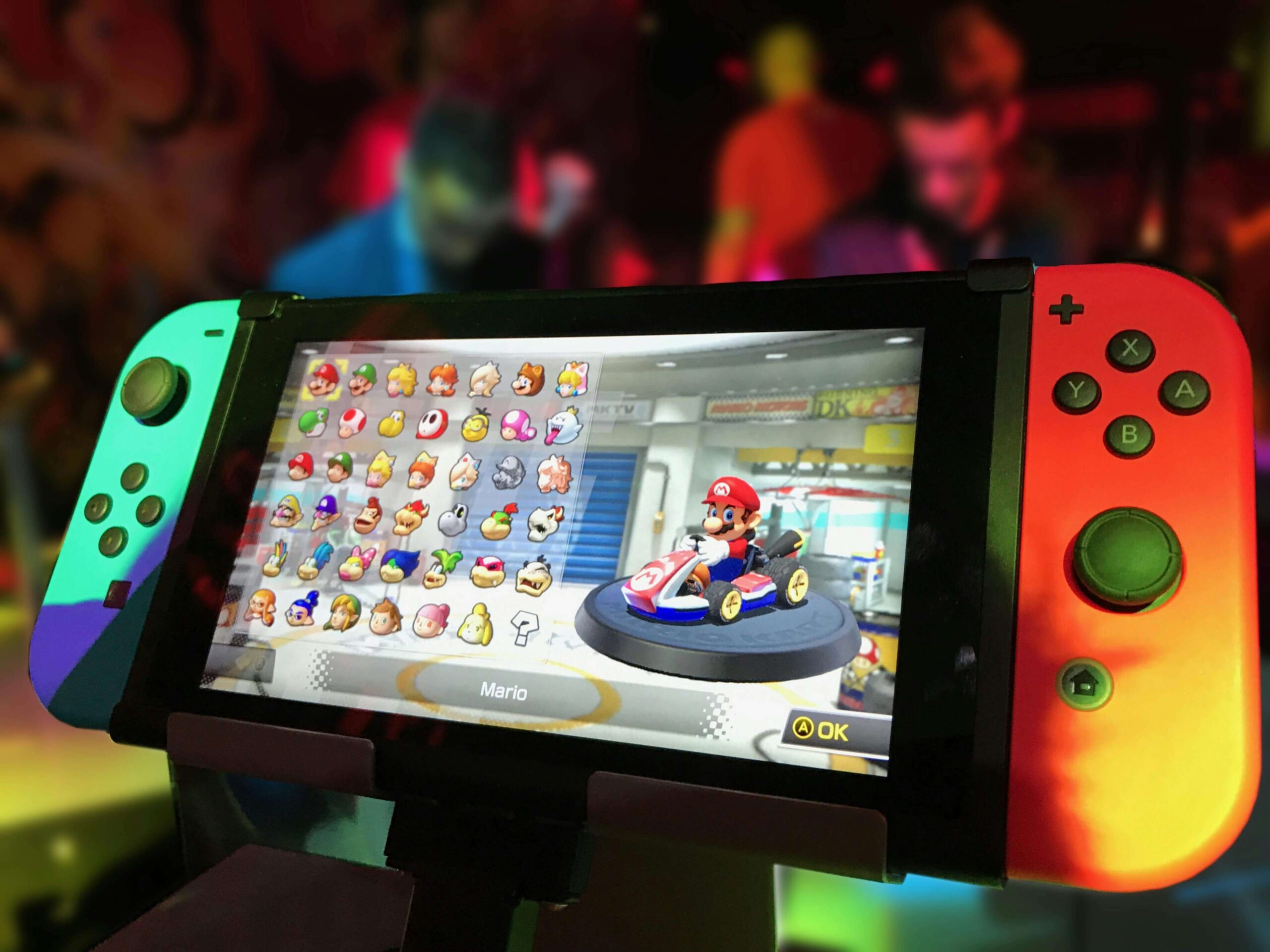
On Twitch, streamers used Mario Kart World and the new GameChat feature to run live matches, drawing thousands of concurrent viewers, many of whom clicked straight through to buy the same setups.
Over on YouTube Shorts, fast-paced clips featuring Joy-Con skins and Mario Kart-themed headsets were driving real-time traffic to ecommerce links in video descriptions.
What this shows is simple: when demand explodes that quickly, it’s often ahead of supply. For sellers, that’s a signal. The audience is there. The traffic is there. The only question is whether your product pages are ready when they land.
What This Means for Online Sellers
If you’re running an online store, these trends are active income signals.
The demand created by Mario Kart World and the Nintendo Switch 2 is translating into measurable spikes in ecommerce sales, especially for sellers who understand how to position their offers around what buyers are searching for right now.
Let’s break it down:
Accessory sales are surging. I’ve seen it firsthand with clients who listed Switch 2-compatible gear—thumb grips, magnetic controller holders, racing wheel attachments.
Within a week of the Mario Kart World launch, some stores saw a 40–60% increase in orders, and these weren’t just one-off purchases.
Many customers were adding multiple items to cart, especially when listings clearly mentioned compatibility with the Nintendo Switch 2 or use with Mario Kart World.
Fan merchandise is also moving fast. There’s something about nostalgia and branding that opens wallets. I worked with a Shopify seller who bundled a few small but themed products into what they called a Mario Kart “winner’s bundle.”
It had stickers, keychains, and a foldable poster, nothing high-ticket, but the presentation hit the right audience. They sold out twice in one week without running any major ads, just by riding organic traffic and using trending hashtags on Instagram and TikTok.
More importantly, product pages that reference current trends convert better. This one’s technical but crucial.
Using tools like SplitHero, we ran an A/B test comparing two nearly identical product listings: one titled simply “Racing Wheel for Nintendo Switch,” and another that added “– Works with Mario Kart World.”
The second one converted nearly three times better. That’s a huge lift, especially when you’re competing in a crowded space. People aren’t just browsing. They’re typing in exactly what they want.
This kind of activity shows how reactive the gaming community is. Once they fall in love with a title, they start personalizing their experience fast.
Sellers who know how to respond in real time, not just with ads, but with relevant product titles, bundles, and merchandising, usually keep the momentum going long after launch week ends.
It’s not always about having the trendiest product. Sometimes it’s just about making the connection between what you sell and what’s happening in their world right now.
Why Gaming and Tech Ecommerce Is Exploding in 2025
Global video game revenues are expected to hit $267 billion by the end of 2025, according to Newzoo, and if you’ve been watching the numbers, that projection is holding up.
One major driver is the launch of new consoles like the Nintendo Switch 2, which has helped blur the line between casual and competitive gaming.
This console isn’t limited to one type of gamer. It appeals to kids, teens, parents, even grandparents who grew up playing earlier versions of Mario Kart. That kind of wide reach is rare in tech, and it’s turning casual entertainment into full-on shopping behavior.
What’s more, these consoles are pulling people deeper into ecosystems where habitual spending becomes part of the experience.
Whether it’s buying digital content, upgrading controllers, or accessorizing their setup, customers are more open than ever to spend, especially when a new title or hardware release gives them a reason to.
And here’s where it matters for your business: you don’t need to be selling Mario Kart itself to profit from this trend. The surge in demand spills over into everything around the game.
Gamers are looking for storage pouches, collectible stands, themed gear, cable organizers, charging docks—you name it. If it fits the Switch 2 lifestyle, they’ll consider it.
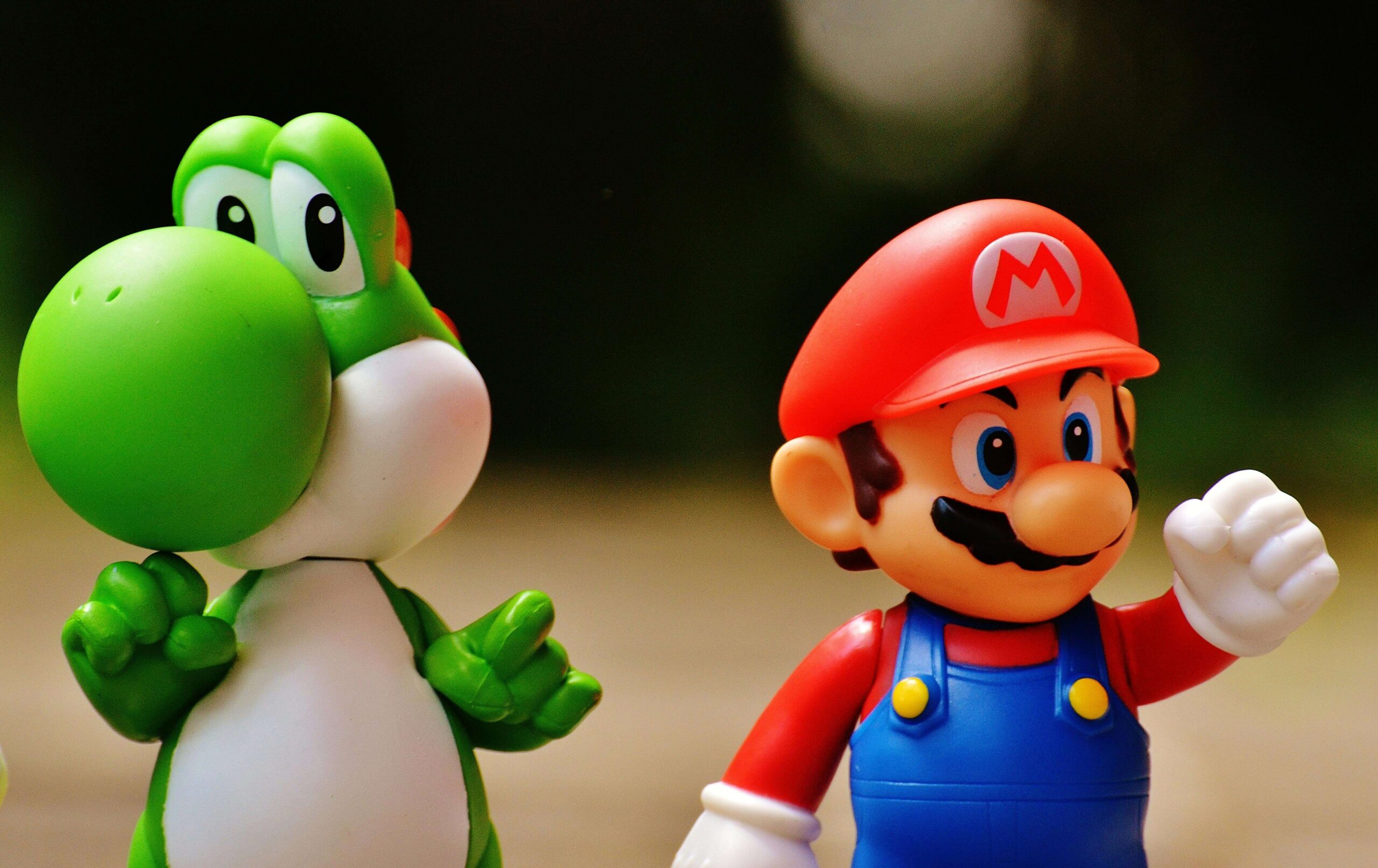
And if your product descriptions or visuals reflect their world—if it feels like it was made for their setup—they’re far more likely to choose your listing over someone else’s.
I’ve worked with online sellers who weren’t even in the gaming niche initially. One sold desk accessories. After adding a Mario-themed monitor stand and advertising it as “Perfect for Nintendo Switch 2 setups,” they saw a 20% boost in conversions.
It’s not just what you sell. It’s how you position it to match what people care about right now.
The gamers driving this wave aren’t silent, either. They’re posting unboxings, tagging creators, reviewing products, and sharing what they love. That means every sale has the potential to ripple outward.
And sellers who understand that mindset, those who show up where gamers are paying attention, are getting rewarded with more than just clicks. They’re building loyal customer bases around culture, not just products.
How to Position Your Store Right Now
To take full advantage of the momentum surrounding Mario Kart World and the Nintendo Switch 2, start with the basics: visibility. That means optimizing your product titles and descriptions with keywords people are actually searching.
Use phrases like “Nintendo Switch 2 racing gear,” “Mario Kart accessories 2025,” and “Switch 2 compatible controllers.” The more specific you are, the more likely your listing is to show up when a buyer’s already halfway through the decision-making process.
If your product works with Mario Kart World, say it clearly and early. Buyers move fast when demand is high.
Next, think about how people find and trust products in 2025. Static images and vague descriptions won’t cut it anymore. Add content that helps people picture the experience. Record a quick unboxing, do a short setup tutorial, or film a side-by-side comparison showing how your controller grip improves gameplay.
These videos don’t need to be studio-quality. They need to be real. Post them to TikTok, Shorts, and Instagram Reels with trending hashtags and direct product links.
And if you have the budget, or even a few free products, start building relationships with micro-influencers. Those streamers and content creators with 10k to 50k followers tend to have tight-knit, highly engaged audiences.
One positive mention from them can lead to a traffic spike in hours. Many are happy to work with sellers who actually know their product and respect their niche. You don’t need to chase after celebrity gamers to make a difference.
Lastly, prepare for inventory swings. This kind of trend can wipe out your stock faster than expected. Enable back-in-stock alerts so interested buyers stay in the loop.
If you’re using Shopify, tools like ReStock or Frequently Bought Together can help you automatically suggest bundles, like a controller set paired with a screen protector or a carrying case. These simple add-ons can increase average order value without needing to upsell aggressively.
I’ve seen sellers go from flat sales to waitlists in a matter of days just by making these small shifts. When the demand is already built in, your job is to show up where it counts and make the buying process feel seamless. That’s what keeps people coming back.
If You Wait, You Miss It
Trends like this don’t wait for anyone. The buzz around Mario Kart World and the Nintendo Switch 2 is still hot right now, but we both know how fast attention moves in the digital world. What makes this moment different is how deeply it’s cut across demographics.
You’ve got kids racing online after school, adults reliving childhood memories, and content creators building entire series around gameplay, and all of them are opening their wallets to level up their setup.
It’s not just a viral week. It’s a pattern of behavior. And that kind of momentum leaves clues. Search traffic is pouring in. Product mentions are spreading across social feeds.
Demand is being created in real time, not because people need these products, but because they want to be part of something fun, nostalgic, and visually exciting.
If you’re in the gaming or tech ecommerce niche, your edge is timing. When people are already in buying mode, you don’t need to convince them to care. You need to make sure they see your offer first.
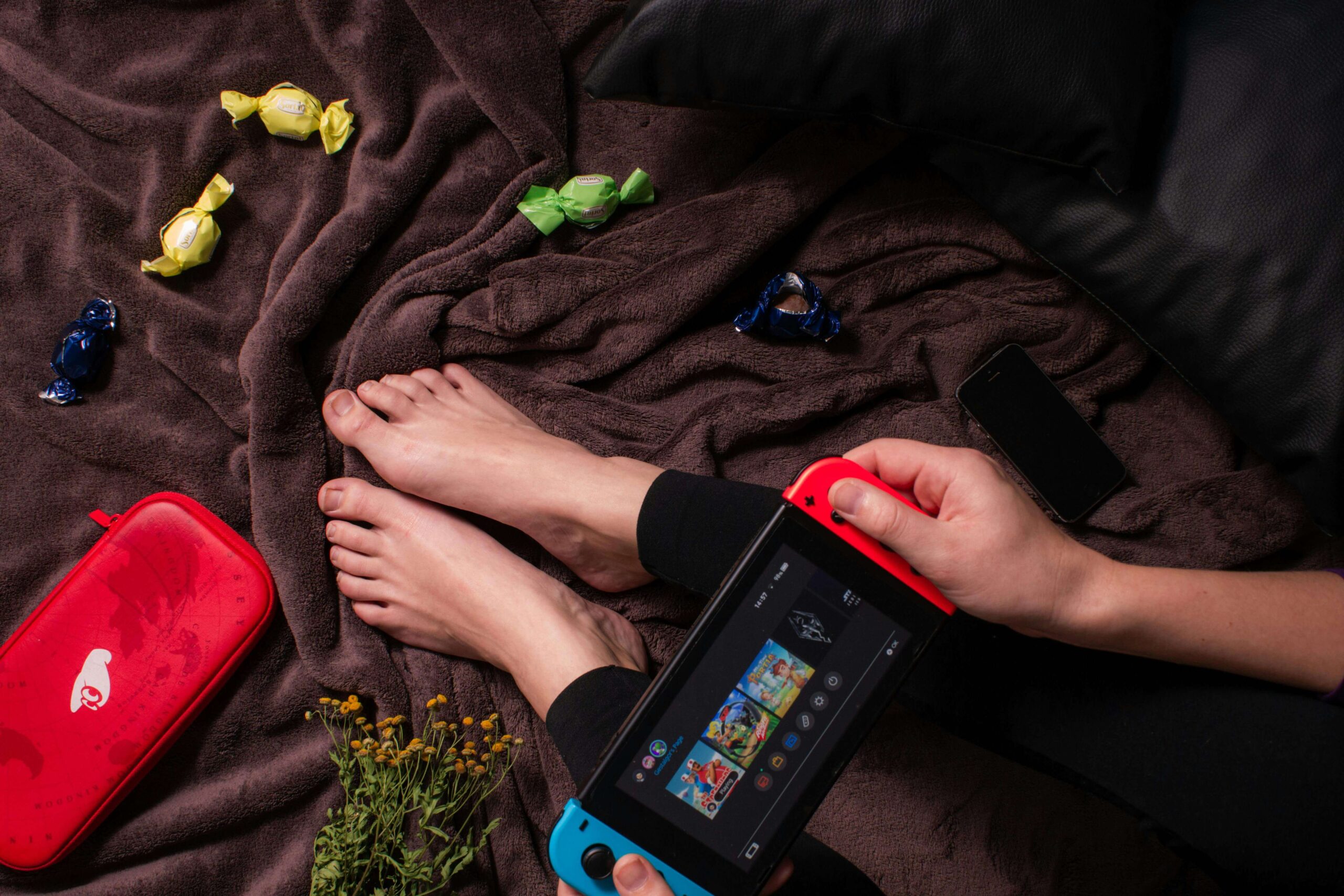
That’s why listing structure matters. That’s why titles, keywords, bundles, and product photos tuned to the trend make a difference. You’re not selling features. You’re giving people a faster way to grab what they already want.
I’ve worked with sellers who jumped in early—before the trend fully hit—and they’re now sitting on returning customers, shoutouts, and inventory they can’t keep on the shelves.
I’ve also seen sellers hesitate, overthink, or wait until next quarter. And by then, they were buried under thousands of similar listings.
So skip the passive approach. Skip the stock photos and one-size-fits-all copy. Get specific. Get seen. This moment favors the ones who move fast and show up with clarity. That’s how you win this race.

